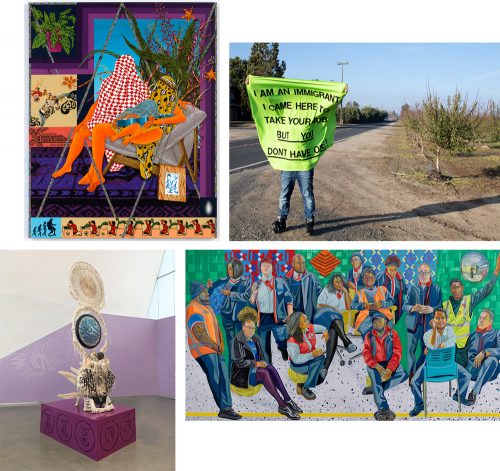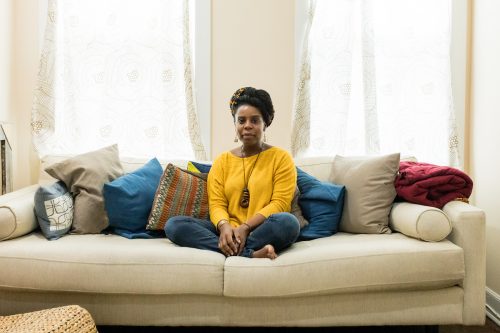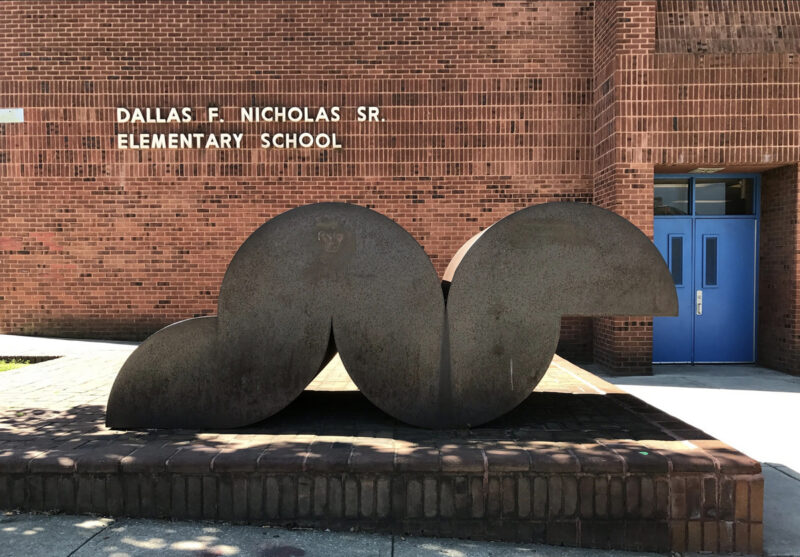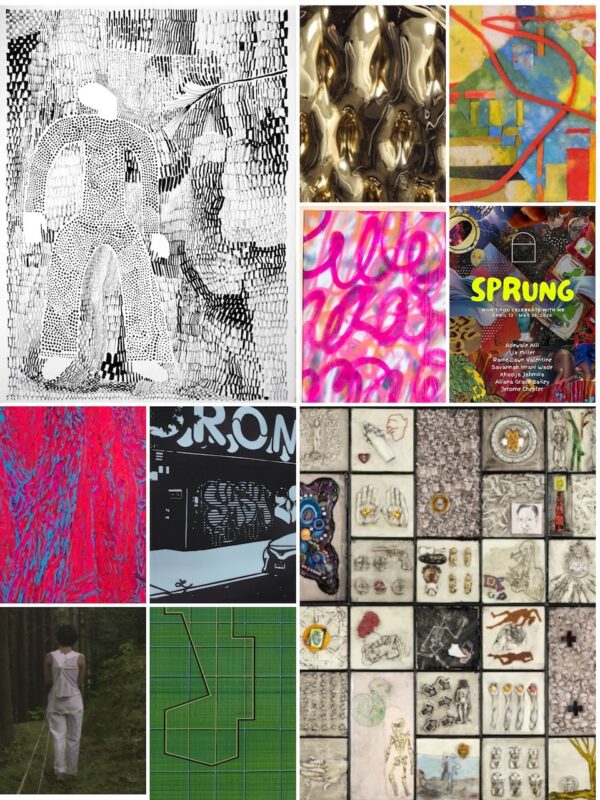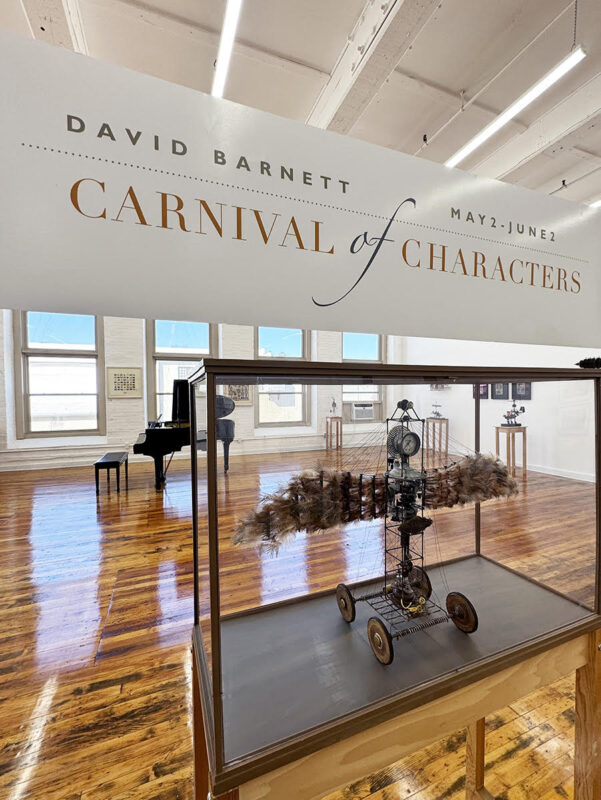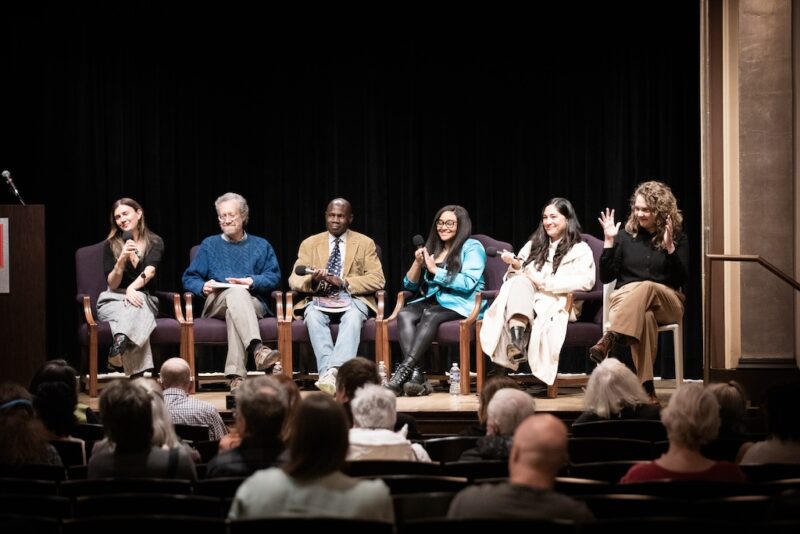About halfway through Designs for Different Futures, the special exhibit at the Philadelphia Museum of Art, I realized I was thinking about the end of the world. I stood in a glass-enclosed room with the synthetic scent of flowers made extinct by climate change, while a girl of 5 or 6 years old played hide-and-seek nearby, and I wondered how her life would differ from mine.
Near the entrance sits a scale model of the Svalbard Global Seed Vault, the climate-controlled storage site in Norway that contains over one million seed samples in case of agricultural collapse. A woman’s voice echoes softly over the speakers, “You look lonely, I can fix that.”
The line is from Blade Runner 2049 and, like the film, Designs for Different Futures provides a glimpse of a dystopian world through reminders of our earthly precarity and visions of a brave new world. The show whispers our vulnerabilities rather than shouts them, though. The lighting is dim and the room cavernous, and section titles line the top of the wall like an analog ticker tape of collective anxieties—JOBS JOBS JOBS INTIMACIES INTIMACIES INTIMACIES BODIES BODIES BODIES.
The exhibit, which is up through March 8, does not explicitly deal in pessimism, but rather exists at that point of potential where our countless fates branch out before us. What choices do we have now and what future will we end up with?
